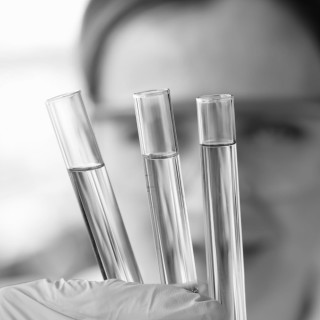
International Regulations on Amino Acid Use in Foods and Supplements and Recommendations to Control Their Safety Based on Purity and Quality
Oct 29, 2020
We examined international regulatory developments related to the use of proteinogenic amino acids in human nutrition and concluded that the current risk-assessment practices tend to focus exclusively on setting maximum daily limits. In this brief review we argue that controlling the standards of purity and ingredient quality are the key safety issues that should be considered during risk assessment. Moreover, if maximum intake limits on amino acids are implemented, they should be defined using a well-established rationale for the health risks associated with high intakes. This would avoid setting limits that are so low that they render the dietary supplements ineffective and which, therefore, could mislead the consumer. We further suggest that there should be greater regional concordance in how the use of amino acids as ingredients is regulated and use the capacity of industry to oversee pre-competitive issues, such as standards of purity and scientific research on the safety of generic ingredients. Our arguments are based on clinical safety scientific research and oversights of amino acid purity standards conducted in the last decade by the not-for-profit international association, the International Council on Amino Acid Science.
Tags:
New regulatory framework for official agri-food controls
Spain
Jul 07, 2025

FDA publishes its proposed guidance program for 2025
USA
Jul 04, 2025

EU - The concept of food in European Union law in the context of short supply chains and local food systems
European Union
Jul 04, 2025

Ministry of Health proposes new regulation to increase controls on functional foods and food supplements
Vietnam
Jul 03, 2025

China - The Evolution, Current Situation and Prospects of China's Health Food Regulatory System
China
Jul 03, 2025

Council publishes the position to be adopted on the commercial standard applicable to olive oils and olive-pomace oils
European Union
Jun 27, 2025

ANVISA updates lists of components, limits of use and health claims for food supplements
Brazil
Jun 18, 2025

ANMAT announces new advertising standards for food and dietary supplements
Argentina
Jun 16, 2025

Avocado oil included in the Argentine Food Code
Argentina
Jun 16, 2025

Canaryseed included in the Argentine Food Code
Argentina
Jun 13, 2025

USA - A Review and Critique of Safety Standards for Dietary Supplements
USA
Jun 11, 2025

Parliament has now made the Communications Act 2003 (Restrictions on the Advertising of Less Healthy Food) (Amendment) Regulations 2025
UK
Jun 09, 2025

ANVISA extends public consultation period for food ingredient regulations
Brazil
Jun 07, 2025

Approved standards for the labeling of sports nutrition products
Russia
Jun 02, 2025

Ministry of Health announces adoption of new food and beverage sanitary regulations
Dominican Republic
Jun 02, 2025


Expertise in countries
- Argentina
- Australia
- Brazil
- Brunei
- Cambodia
- Canada
- Chile
- Colombia
- Ecuador
- Egypt
- European Union
- India
- Indonesia
- Israel
- Laos
- Japan
- Malaysia
- Mexico
- Myanmar
- New Zealand
- Nigeria
- Paraguay
- Philippines
- Peru
- Russia
- Saudi Arabia
- Singapore
- South Africa
- South Korea
- Switzerland
- Thailand
- Turkey
- UAE
- UK
- Ukraine
- Uruguay
- USA
- Vietnam








